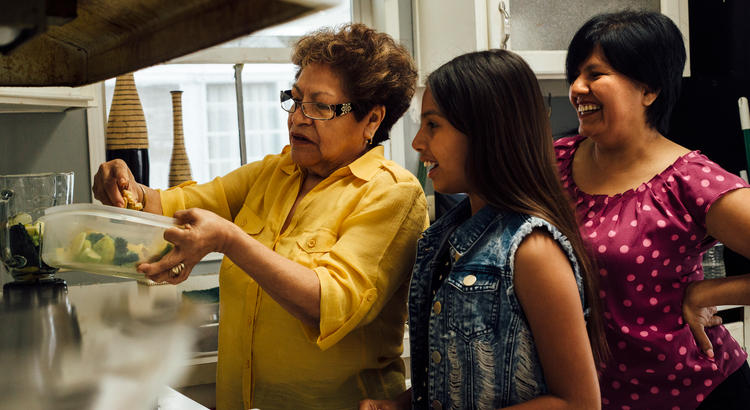
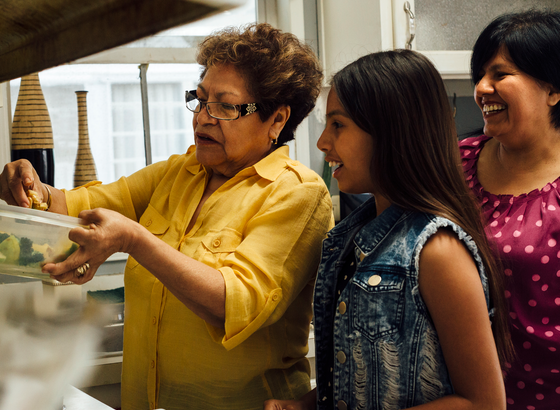
Baby Boomers
Are Grandparents Moving To Be Closer to Their Grandkids?
Baby Boomers
Boomers Moving Will Be More Like a Gentle Tide Than a Tsunami
Baby Boomers
Retiring Soon? Why Moving Might Be the Perfect Next Step
Baby Boomers
Multigenerational Housing Is Gaining Momentum [INFOGRAPHIC]
-

 Buying Tips4 weeks ago
Buying Tips4 weeks agoThe Difference Between an Inspection and an Appraisal
-

 For Sellers4 weeks ago
For Sellers4 weeks agoWhat To Do When Your House Didn’t Sell
-
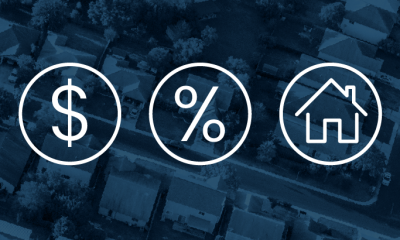
 Forecasts4 weeks ago
Forecasts4 weeks agoHousing Market Forecast for the 2nd Half of 2024 [INFOGRAPHIC]
-

 Buying Tips4 weeks ago
Buying Tips4 weeks agoReal Estate Still Holds the Title of Best Long-Term Investment
-

 Equity3 weeks ago
Equity3 weeks agoHomeowners Gained $28K in Equity over the Past Year
-

 For Sellers3 weeks ago
For Sellers3 weeks agoWhy Your Asking Price Matters Even More Right Now
-
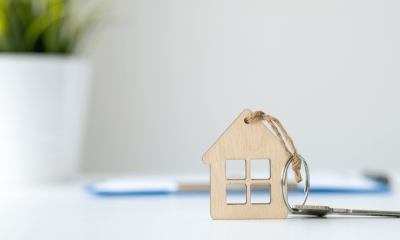
 Agent Value2 weeks ago
Agent Value2 weeks agoThe Price of Perfection: Don’t Wait for the Perfect Home
-

 Economy3 weeks ago
Economy3 weeks agoNot a Crash: 3 Graphs That Show How Today’s Inventory Differs from 2008

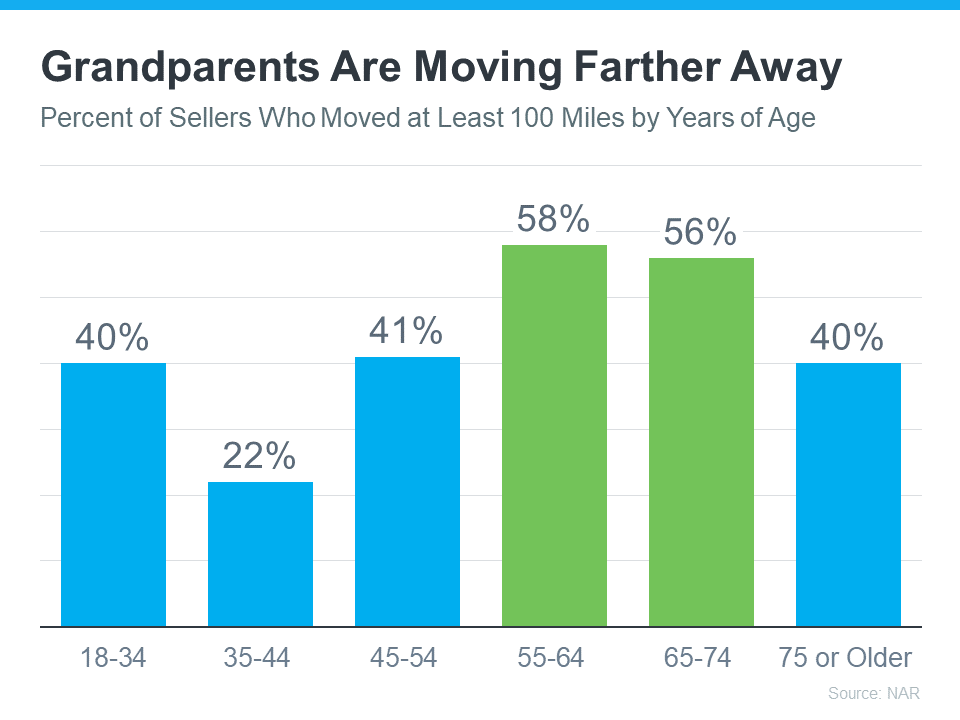
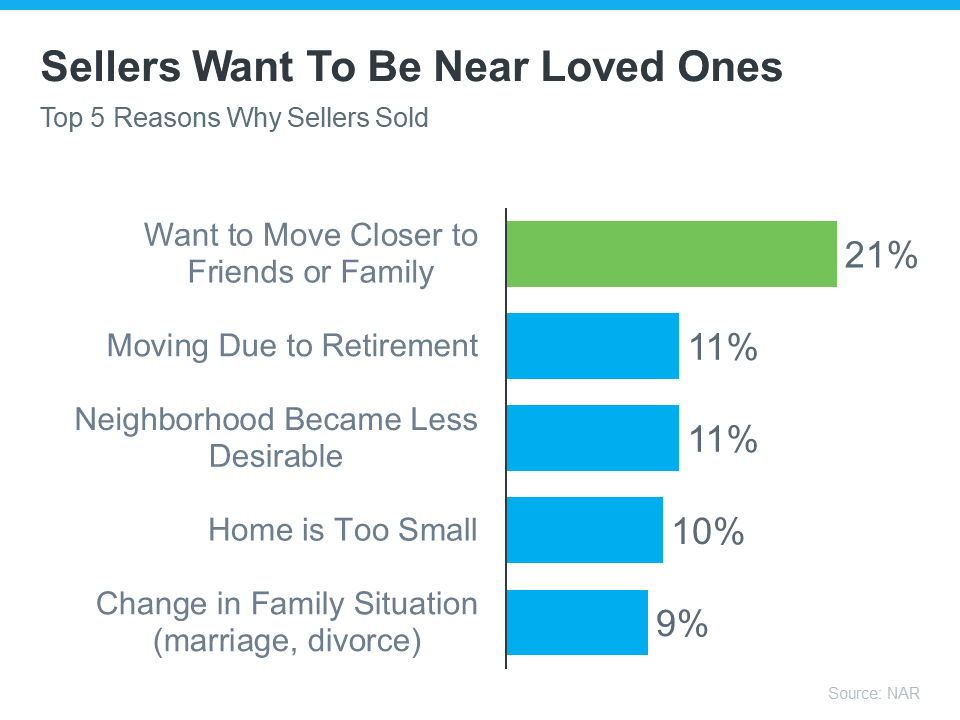
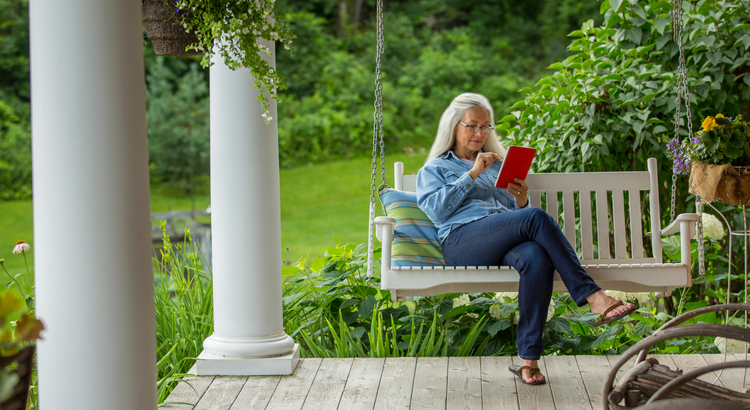
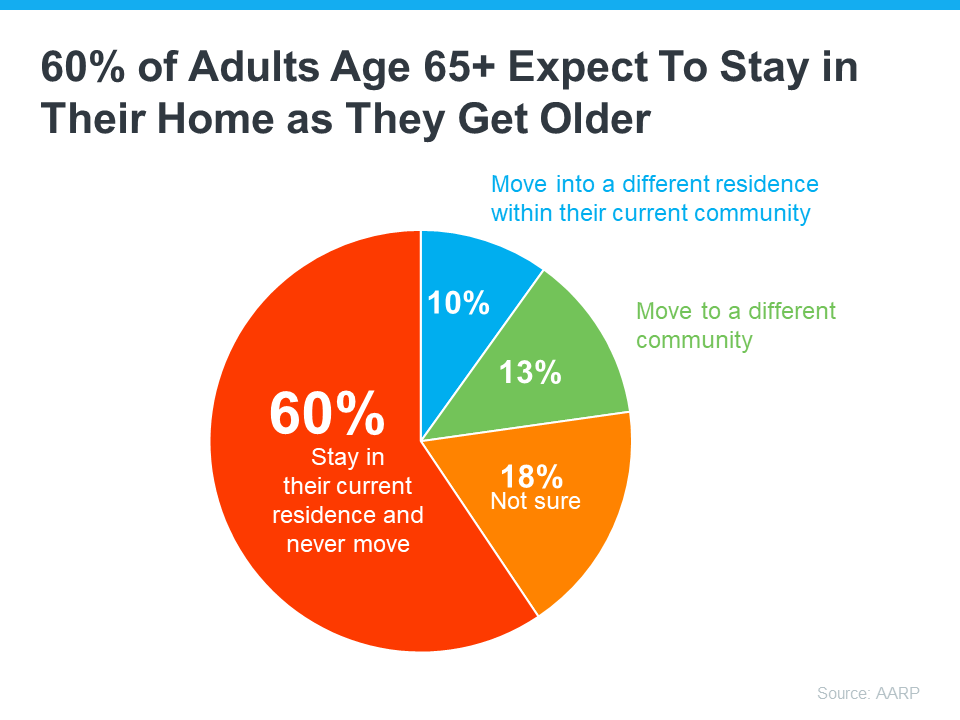

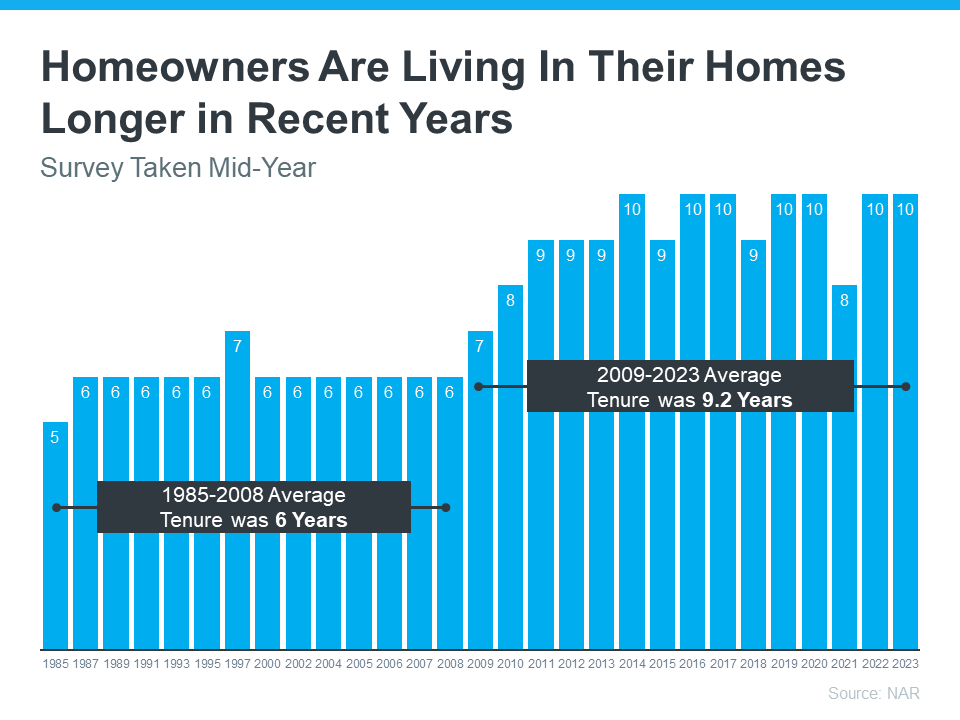
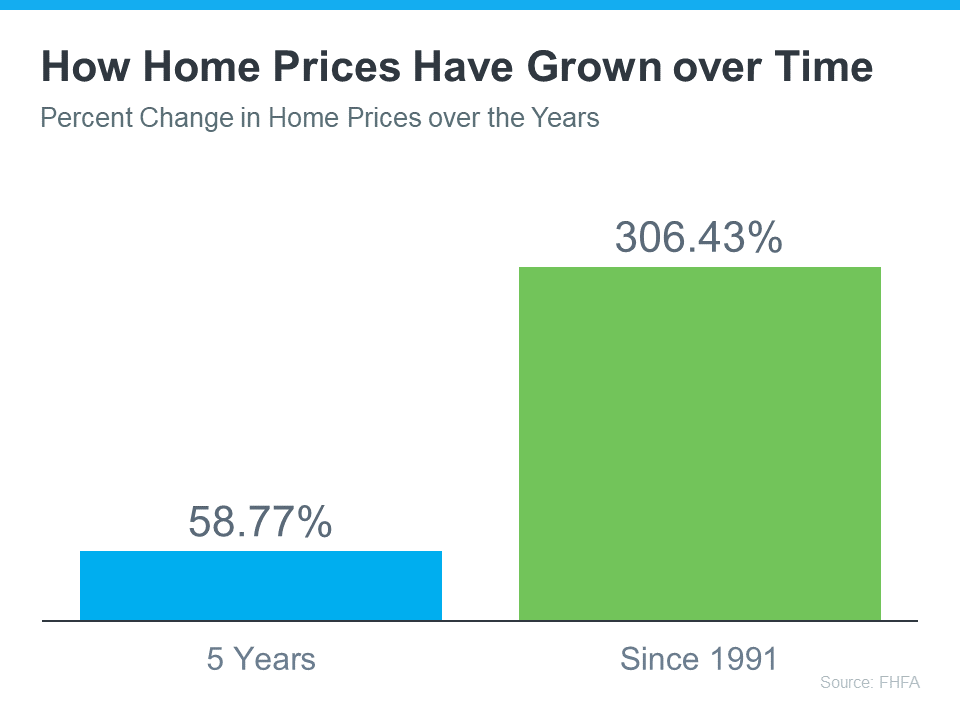

![Multigenerational Housing Is Gaining Momentum [INFOGRAPHIC] | Simplifying The Market](https://lets-talk-real-estate.com/wp-content/uploads/2021/04/20210319-MEM.png)








You must be logged in to post a comment Login